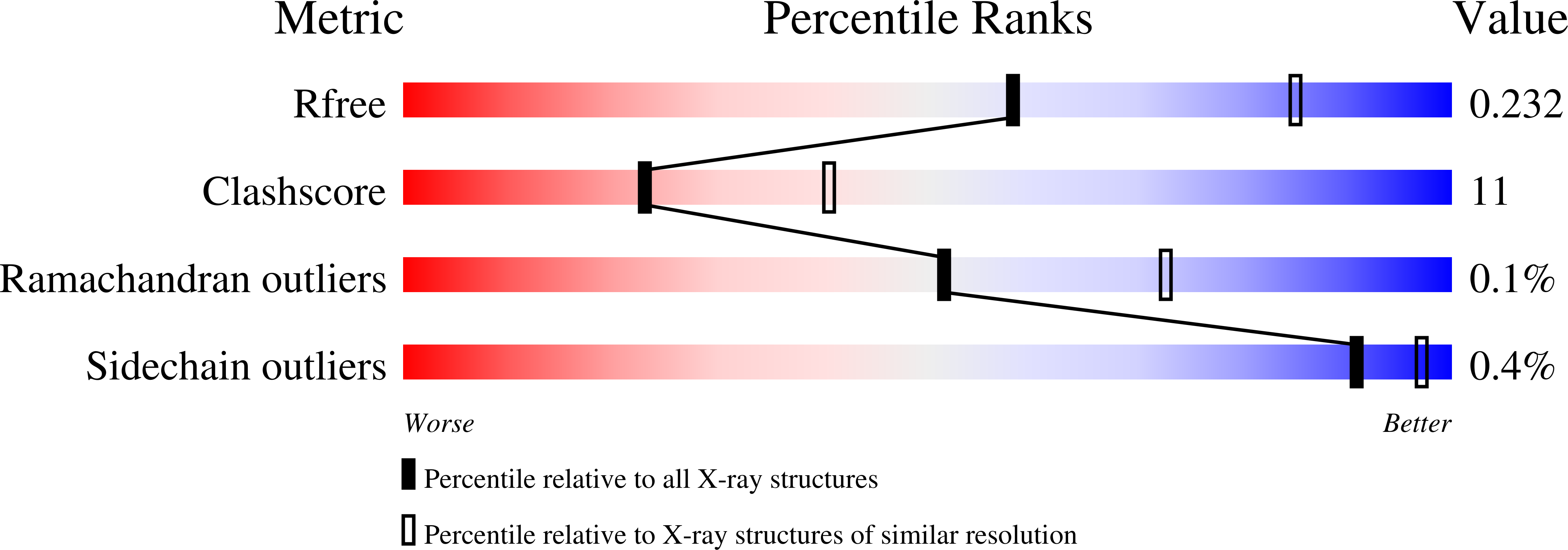
Deposition Date
2019-08-02
Release Date
2019-10-09
Last Version Date
2024-11-06
Method Details:
Experimental Method:
Resolution:
2.50 Å
R-Value Free:
0.23
R-Value Work:
0.19
R-Value Observed:
0.19
Space Group:
P 1 21 1


